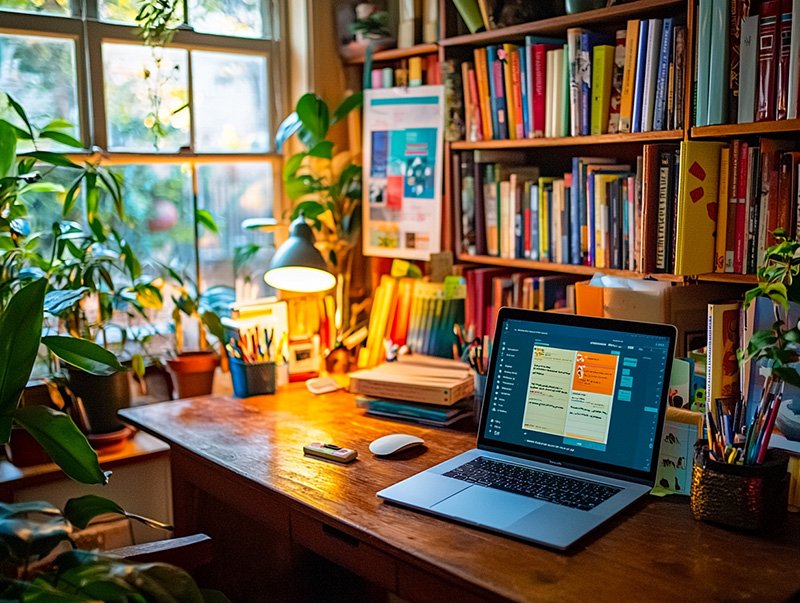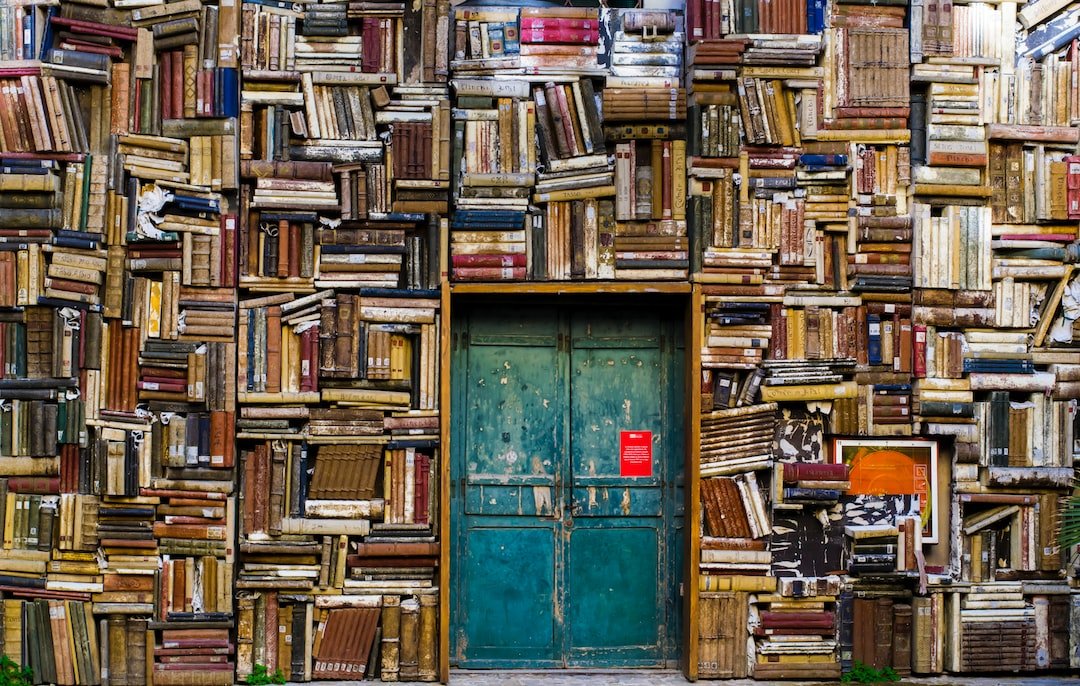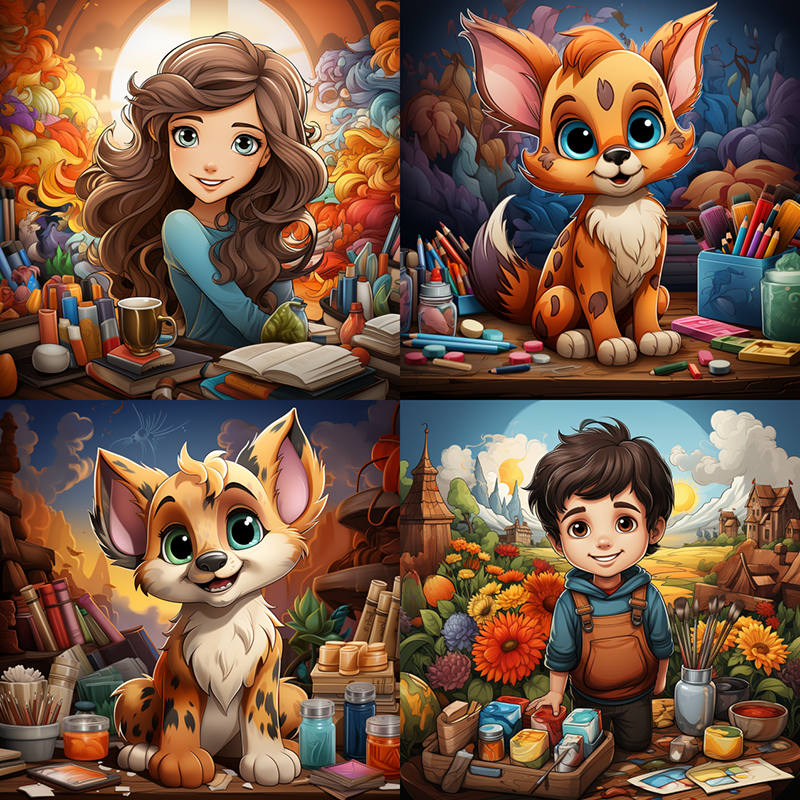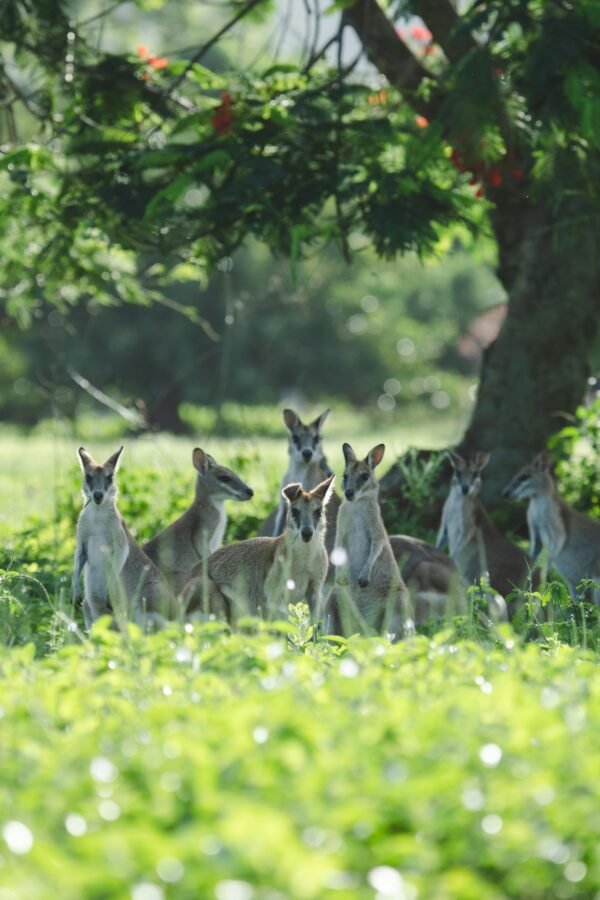Adult coloring books have become increasingly popular in recent years, with people of all ages and backgrounds embracing this creative and therapeutic activity. The rise in popularity can be attributed to the numerous benefits that coloring offers, including stress relief, mindfulness, and self-expression. In this blog post, we will explore the many benefits of coloring and provide tips and techniques for getting started. We will also discuss creative ways to use coloring skills in everyday life.
The Benefits of Adult Coloring Books: Why They’re More Than Just a Trend
Coloring is not just a passing trend; it offers a wide range of mental health benefits. One of the main benefits is stress relief. When we color, our brains focus on the task at hand, allowing us to temporarily forget about our worries and anxieties. Coloring also promotes mindfulness, as it requires us to be fully present in the moment and concentrate on the colors and patterns we are creating.
In addition to its mental health benefits, coloring can also improve fine motor skills and hand-eye coordination. The act of holding and manipulating coloring tools helps to strengthen the muscles in our hands and fingers. This can be particularly beneficial for individuals who have conditions that affect their fine motor skills, such as arthritis or Parkinson’s disease.
Furthermore, coloring can be a form of self-expression and creativity. It allows us to choose colors that reflect our mood or emotions, and we can experiment with different techniques and styles to create unique and personalized pieces of art. Whether you prefer realistic coloring or abstract designs, there is no right or wrong way to express yourself through coloring.
Getting Started: Choosing the Right Coloring Supplies for Your Needs
Before you begin coloring, it’s important to choose the right supplies for your needs. There are various types of coloring supplies available, including colored pencils, markers, and gel pens. Each type has its own unique qualities and effects.
Colored pencils are a popular choice for coloring because they offer a wide range of colors and allow for precise control. They are also easy to blend and layer, which can create beautiful shading and depth in your coloring pages. Markers, on the other hand, provide vibrant and bold colors, but they can be more difficult to blend. Gel pens are great for adding details and accents to your coloring pages, as they have a smooth and opaque ink.
When choosing coloring supplies, consider your personal preferences and coloring style. Some people prefer the control and precision of colored pencils, while others enjoy the boldness of markers. Experiment with different brands and types of supplies to find what works best for you.
It’s also important to invest in quality supplies. Cheap or low-quality coloring tools may not produce the desired results and can be frustrating to use. Look for brands that are known for their quality and durability, as they will provide better color payoff and smoother application.
Color Theory Basics: How to Create Beautiful Color Combinations in Your Coloring Pages
Understanding color theory is essential for creating beautiful and harmonious coloring pages. Color theory is the study of how colors interact with each other and how they can be combined to create different effects.
The color wheel is a useful tool for understanding color theory. It consists of primary colors (red, blue, and yellow), secondary colors (orange, green, and purple), and tertiary colors (a combination of primary and secondary colors). Colors that are opposite each other on the color wheel are called complementary colors, while colors that are next to each other are called analogous colors.
To create harmonious color combinations in your coloring pages, you can use complementary or analogous colors. Complementary colors create contrast and make each other appear more vibrant when placed next to each other. Analogous colors, on the other hand, create a sense of harmony and unity.
Color can also be used to convey mood and emotion in your coloring pages. Warm colors, such as red and orange, are associated with energy and excitement, while cool colors, such as blue and green, are associated with calmness and tranquility. Experiment with different color schemes to create different moods and atmospheres in your coloring pages.
Adding Depth and Dimension: Techniques for Shading and Blending Colors
Shading and blending are important techniques for adding depth and dimension to your coloring pages. Shading refers to the use of different tones of the same color or different colors to create highlights and shadows. Blending involves smoothly transitioning between different colors to create a seamless and realistic effect.
One technique for shading is layering. This involves applying multiple layers of color to build up depth and intensity. Start with a light layer of color and gradually add more layers to create darker areas. Another technique is burnishing, which involves applying heavy pressure to blend the colors together and create a smooth and polished look.
To blend colors, you can use a blending pencil or a blending solution. A blending pencil is a colorless pencil that can be used to blend and soften the edges of colored pencil strokes. A blending solution, on the other hand, is a liquid that can be applied to the paper to help the colors blend together more easily.
Experiment with different shading and blending techniques to find what works best for you. Practice on scrap paper before applying these techniques to your coloring pages.
From Realism to Fantasy: Exploring Different Coloring Styles and Themes
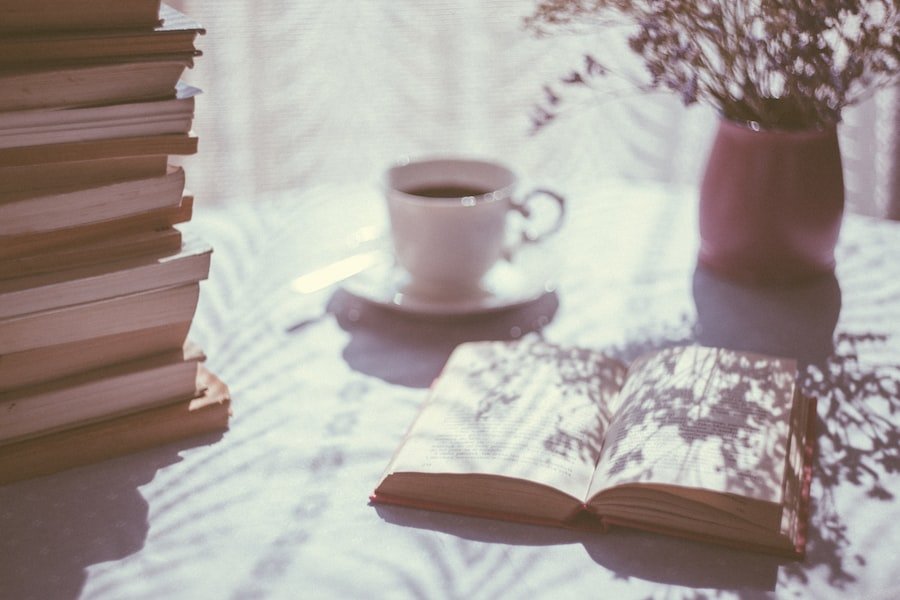
Coloring offers endless possibilities when it comes to style and theme. Whether you prefer realistic coloring, abstract designs, or fantasy themes, there is something for everyone.
Realistic coloring involves recreating the natural colors and textures of objects in your coloring pages. This style requires attention to detail and careful observation of light and shadow. It can be a great way to improve your observation skills and learn about different subjects, such as animals or landscapes.
Abstract coloring, on the other hand, is more about expressing emotions and ideas through color and form. It allows for more freedom and experimentation, as there are no rules or limitations. Abstract coloring can be a great way to explore your creativity and let your imagination run wild.
Fantasy themes, such as fairies, dragons, or mythical creatures, offer a chance to escape into a magical world. These themes allow for vibrant colors and imaginative designs. They can be a great way to relax and have fun with your coloring.
Choose a coloring style and theme that resonates with you and brings you joy. Don’t be afraid to try new styles and themes to keep your coloring experience fresh and exciting.
Making Your Mark: Tips for Creating Unique and Personalized Coloring Pages
One of the great things about coloring is that you can add your own personal touches to make your coloring pages unique and special. There are many ways to personalize your coloring pages and make them truly yours.
One way to add personal touches is by adding patterns or textures to your coloring pages. You can use different techniques, such as stippling or cross-hatching, to create interesting patterns and textures. This can add depth and visual interest to your coloring pages.
Another way to personalize your coloring pages is by incorporating personal symbols or meaningful elements. For example, you can add a favorite quote or a symbol that represents something important to you. This can make your coloring pages more meaningful and reflective of your personality.
If you want to take personalization to the next level, you can create custom coloring pages using your own photographs or drawings. There are many online tools and apps that allow you to convert photographs into coloring pages. This can be a great way to create personalized gifts or keepsakes for yourself or others.
Taking Inspiration from the World Around You: Using Nature and Art as Coloring References
Nature and art are great sources of inspiration for coloring. They offer a wide range of colors, patterns, and textures that can be translated into beautiful coloring pages.
Nature provides endless inspiration for coloring. From flowers and plants to animals and landscapes, there are countless subjects to choose from. Take a walk in nature or browse through nature photography books to find inspiration for your coloring pages. Pay attention to the colors, shapes, and textures of the objects you encounter and try to recreate them in your coloring.
Art is another great source of inspiration for coloring. Visit art galleries or browse through art books to discover different styles and techniques. You can try to recreate famous artworks in your coloring pages or use them as a starting point for your own creations. Art history is full of beautiful and iconic images that can be translated into stunning coloring pages.
Don’t limit yourself to just nature and art; inspiration can be found everywhere. Look around you and observe the colors, patterns, and textures in everyday objects. You might be surprised by the beauty and creativity that surrounds you.
The Power of Mindfulness: How Coloring Can Help You Relax and De-Stress
Coloring can be a powerful tool for relaxation and stress relief. It allows us to focus on the present moment and let go of our worries and anxieties.
When we color, our brains enter a state of flow, which is a state of complete immersion in an activity. This state is similar to meditation, as it helps to quiet the mind and promote a sense of calmness and relaxation. Coloring can be a form of mindfulness meditation, as it requires us to be fully present in the moment and concentrate on the colors and patterns we are creating.
To use coloring as a relaxation technique, find a quiet and comfortable space where you can focus on your coloring without distractions. Take deep breaths and allow yourself to fully immerse in the activity. Pay attention to the sensations of the coloring tools in your hands, the colors on the page, and the movements of your hand as you color. Let go of any thoughts or worries and simply enjoy the process of coloring.
Coloring can be particularly beneficial for individuals who experience stress or anxiety. It provides a creative outlet for emotions and can help to reduce feelings of overwhelm and tension. If you find yourself feeling stressed or anxious, take a break and spend some time coloring. You might be surprised by how much it can help.
Collaborating with Other Artists: Joining Coloring Communities and Sharing Your Work
Coloring doesn’t have to be a solitary activity; it can also be a way to connect with other artists and share your work. There are many online coloring communities where you can join and interact with other coloring enthusiasts.
Joining a coloring community can provide a sense of belonging and support. It allows you to connect with like-minded individuals who share your passion for coloring. You can exchange tips and techniques, ask for feedback on your work, and learn from others’ experiences.
Sharing your work with others can also be a great way to gain confidence in your coloring skills. It allows you to showcase your creations and receive validation and encouragement from others. Don’t be afraid to share your work, even if you feel like it’s not perfect. Remember that everyone has their own unique style and that there is no right or wrong way to color.
Collaborating with other artists can also be a great way to learn new techniques and styles. You can participate in coloring challenges or collaborations where you are given a theme or a specific coloring page to work on. This can push you out of your comfort zone and help you grow as an artist.
Beyond Coloring Books: Creative Ways to Use Your Artistic Skills in Everyday Life
Coloring skills can be used in various creative pursuits beyond coloring books. They can be applied to other art forms, such as scrapbooking, card-making, or journaling.
Scrapbooking is a popular hobby that involves creating albums or memory books using photographs, memorabilia, and decorative elements. Coloring can be used to add color and visual interest to your scrapbook pages. You can color in stamped images, create backgrounds with colored pencils or markers, or add hand-drawn elements to your pages.
Card-making is another creative pursuit that can benefit from coloring skills. Handmade cards are a thoughtful and personal way to celebrate special occasions or send messages to loved ones. You can use coloring techniques to create unique and beautiful designs for your cards. Experiment with different coloring styles and themes to create cards that reflect your personality and the recipient’s interests.
Journaling is a creative practice that involves writing, drawing, and self-expression. Coloring can be used to add color and visual interest to your journal pages. You can create headers or titles with colored pencils or markers, add borders or frames around your writing, or create illustrations to accompany your thoughts and reflections.
Don’t limit yourself to just these examples; there are many other ways to use coloring skills in everyday life. You can use them to create custom home decor, design personal stationery, or even start a small business selling your coloring creations. Let your imagination guide you and explore the endless possibilities.
Coloring is more than just a trend; it offers numerous benefits for our mental health and well-being. It provides stress relief, promotes mindfulness, and allows for self-expression and creativity. By choosing the right coloring supplies, understanding color theory, and practicing shading and blending techniques, you can create beautiful and personalized coloring pages.
Explore different coloring styles and themes, take inspiration from nature and art, and add personal touches to make your coloring pages unique. Use coloring as a form of mindfulness meditation to relax and de-stress. Join coloring communities, share your work with others, and collaborate with other artists to learn new techniques and styles.
Don’t limit yourself to just coloring books; use your artistic skills in other creative pursuits and everyday life. Whether you’re scrapbooking, card-making, or journaling, coloring can enhance your creativity and bring joy to your everyday activities.
Continue to explore the world of coloring and embrace your artistic skills. Remember that there are no rules or limitations when it comes to coloring; it’s all about enjoying the process and expressing yourself. So grab your coloring supplies and let your creativity flow. Happy coloring!
If you’re looking to explore the magical world of Toy Story through coloring, check out this article on free Disney coloring pages. It offers a collection of printable coloring pages featuring your favorite Toy Story characters. Whether you’re a kid or an adult, these coloring pages are a great way to relax and unleash your creativity. So grab your colored pencils and get ready to bring Woody, Buzz, and the gang to life with vibrant colors!
FAQs
What are adult coloring books?
Adult coloring books are books that contain intricate designs and patterns that are meant to be colored in by adults. They are designed to help adults relax and de-stress.
What are some benefits of coloring in adult coloring books?
Coloring in adult coloring books has been shown to have several benefits, including reducing stress and anxiety, improving focus and concentration, and promoting mindfulness and relaxation.
What materials do I need to color in an adult coloring book?
To color in an adult coloring book, you will need colored pencils, markers, or crayons. Some people also like to use gel pens or watercolor paints.
What are some coloring techniques I can use in adult coloring books?
There are many different coloring techniques you can use in adult coloring books, including shading, blending, layering, and adding texture. You can also experiment with different color combinations and patterns.
How can I choose the right colors for my adult coloring book?
When choosing colors for your adult coloring book, you can either use a color wheel to help you choose complementary colors, or you can simply choose colors that you like and that make you feel happy and relaxed.
Are there any tips for beginners who are new to coloring in adult coloring books?
If you are new to coloring in adult coloring books, it can be helpful to start with simpler designs and work your way up to more complex ones. You can also experiment with different coloring techniques and materials to find what works best for you. Finally, remember that coloring is meant to be a relaxing and enjoyable activity, so don’t worry too much about making mistakes or being perfect.





